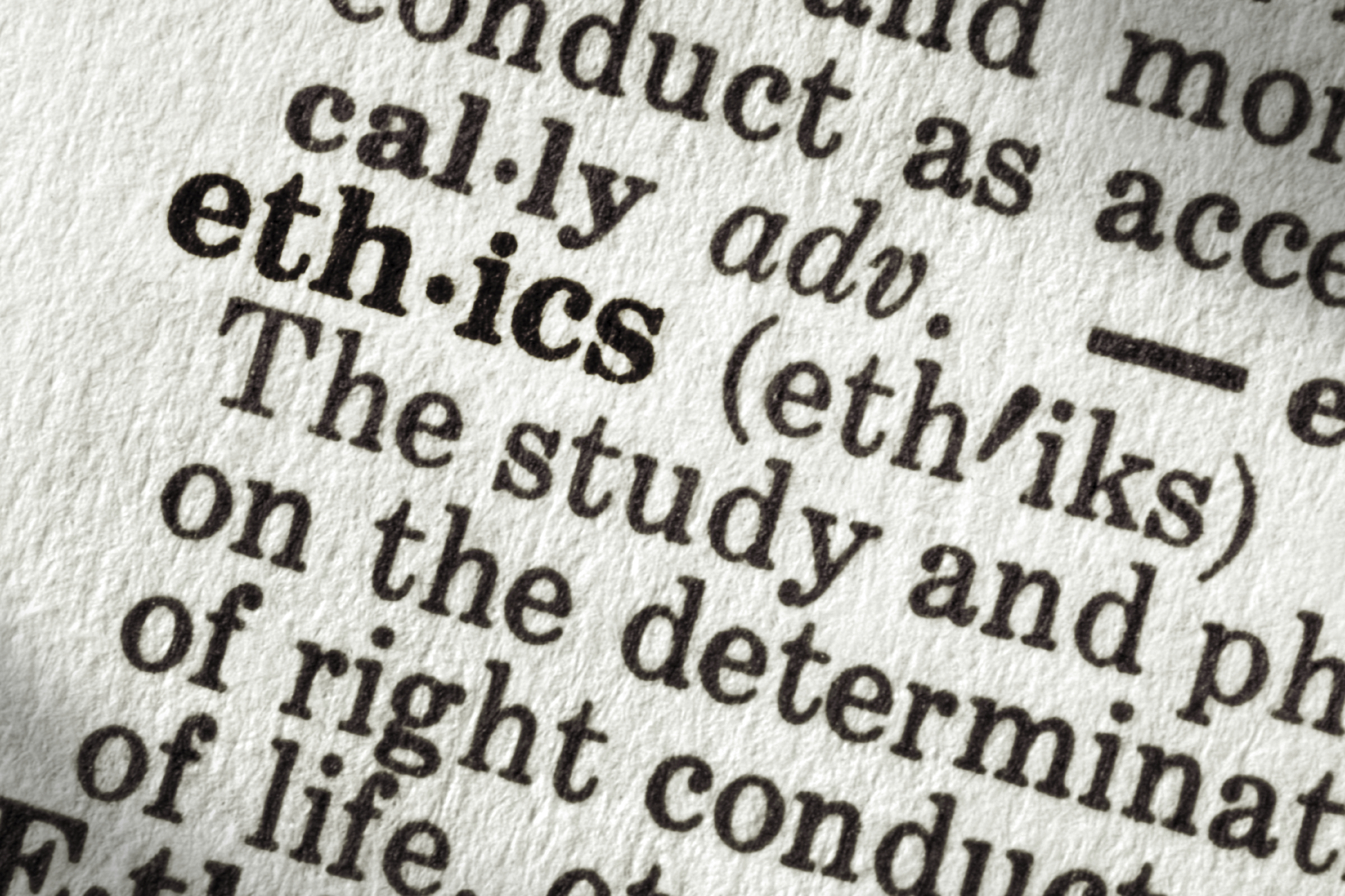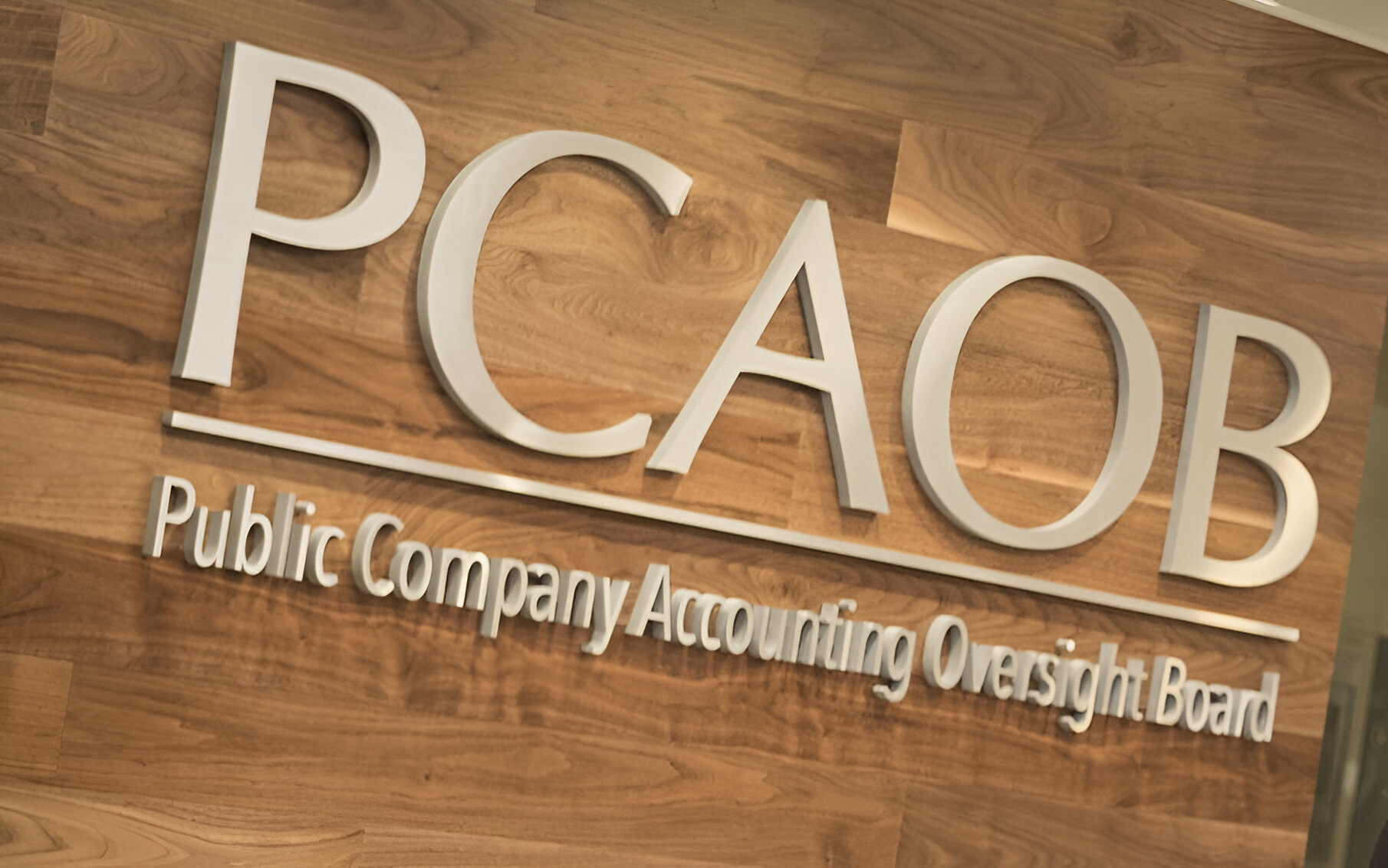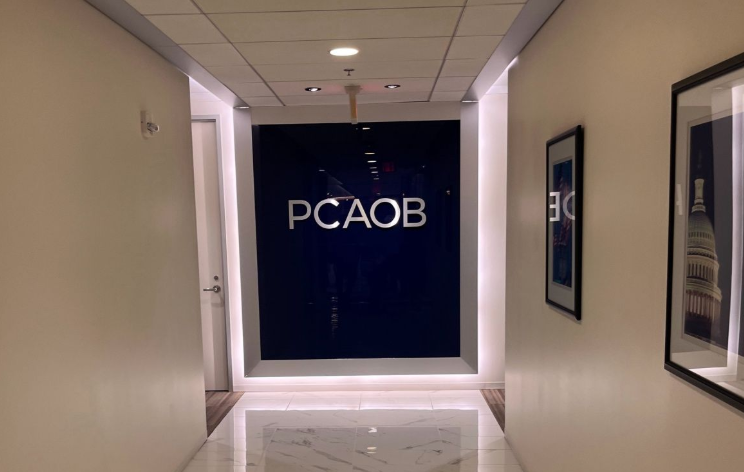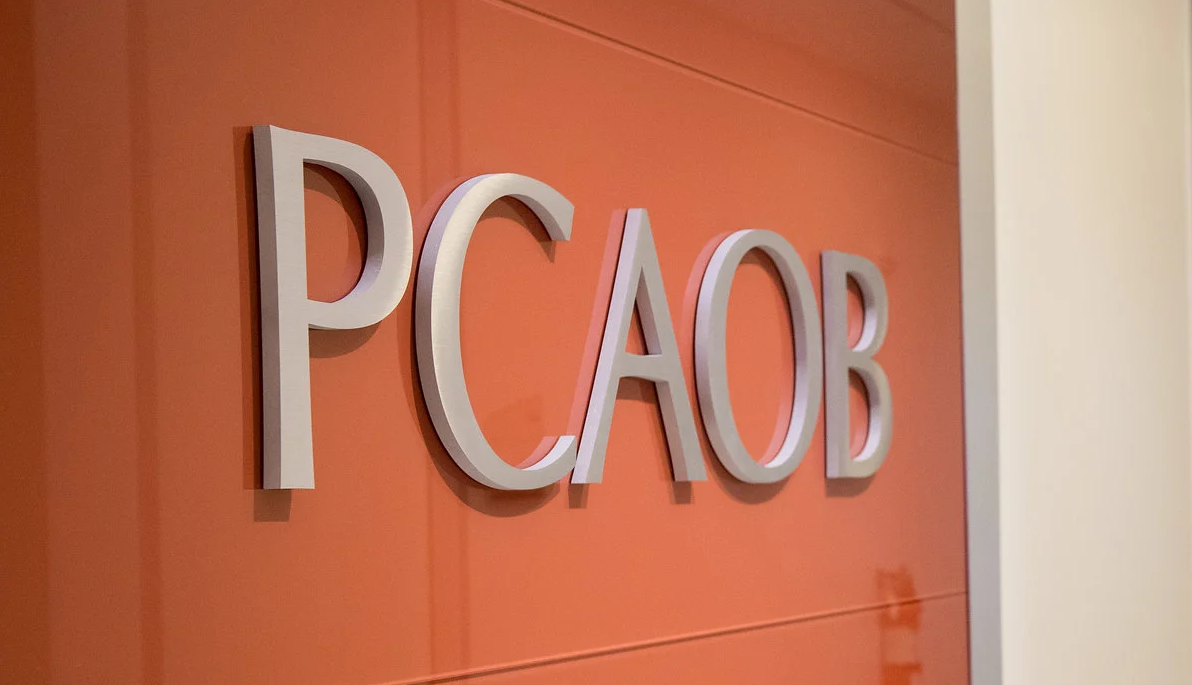[The new “extenders law” enacted late in 2015 retains several key tax provisions and makes them permanent with certain modifications. This is the first in a series of articles on these tax breaks.]
For many small business owners, those long and annoying depreciation schedules will soon become a distant memory. Under the Protecting Americans from Tax Hikes Act (PATH) of 2015, the maximum Section 179 deduction of $500,000 is restored retroactively — and extended forever.
Other articles in this series:
As you’re probably well aware, Section 179 provides a current “expensing” deduction for qualified business property placed in service during the year. The Section 179 expensing deduction had been gradually raised from a modest $25,000 figure to its lofty perch at $500,000. But when this higher allowance officially expired after 2014, it was scheduled to plummet all the way back to the $25,000 amount in 2015.
At long last, the PATH Act – signed on December 18, 2015 — comes to the rescue. Consider these six benefits relating to Section 179.
- The new law revives the maximum $50,00 deduction retroactive to January 1, 2015. In other words, if a client placed in service qualified business equipment costing $100,000 last year, he or she can write of the entire amount on a 2015 return. There’s no need to even consult the depreciation tables.
- The PATH Act extends this tax break permanently and provides for future inflation indexing. The inflation adjustments will begin in 2016. (The IRS has yet to announce this figure.)
- If the cost of qualified property placed in service during the year exceeds an annual threshold, the maximum deduction is reduced on a dollar-for-dollar basis. As with the higher allowance, this threshold gradually increased from $200,000 to $2 million, but was scheduled to revert to $200,000 in 2015. The $2 million threshold is reinstated for 2015 and extended permanently, subject to annual indexing in 2016 and thereafter. (The IRS has yet to announce this figure.)
- Previously, taxpayers could claim off-the-shelf software as qualified Section 179 property instead of using the usual three-year cost recovery period. But this tax break also expired after 2014. The PATH Act retains this enhanced rule retroactive to 2015 and extends it permanently.
- The PATH Act permanently and retroactively reinstates the rule allowing taxpayers to elect o revoke the Section 179 deduction without obtaining the IRS’ consent. This provision had also expired after 2014.
- Before 2015, a client could elect 50% bonus depreciation in conjunction with a Section 179 allowance. But bonus depreciation generally expired after 2014. As with the higher allowance, bonus depreciation has been retroactively revived and extended, subject to a reduction over several years. For 2015 returns, you can still elect 50% bonus depreciation on the same property qualifying for a Section 179 deduction.
There is, however, one catch: Although the Section 179 election is available to most business clients, the deduction can’t exceed the net taxable income from all the businesses actively operated by the taxpayer. For this purpose, net income is figured without regard to expensing, the 50% deduction for self-employment tax and any net operating loss (NOL) carryforwards or carrybacks.
Thus, if a client’s taxable income tops out at $75,000 for 2015, the maximum Section 179 is limited to $75,000, even if the client acquired and placed in service $100,000 of qualified property. In this case, the $25,000 excess must be depreciated under the usual rules.
In any event, the new law should give most of your small business clients plenty of room to maneuver. These changes will also provide a greater deal of certainty for future planning.
Thanks for reading CPA Practice Advisor!
Subscribe Already registered? Log In
Need more information? Read the FAQs
Tags: Accounting, IRS



